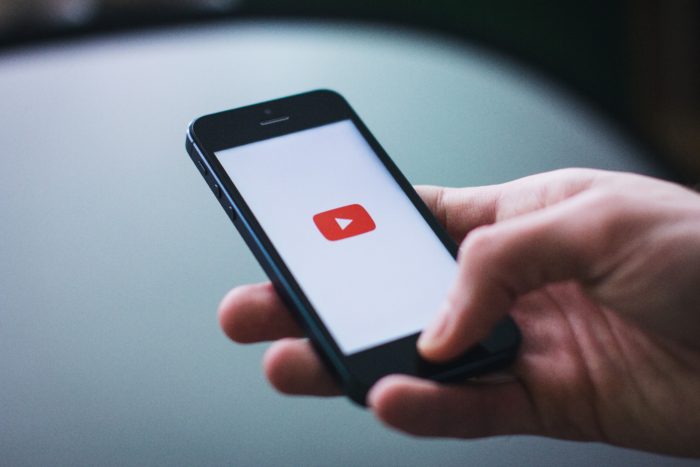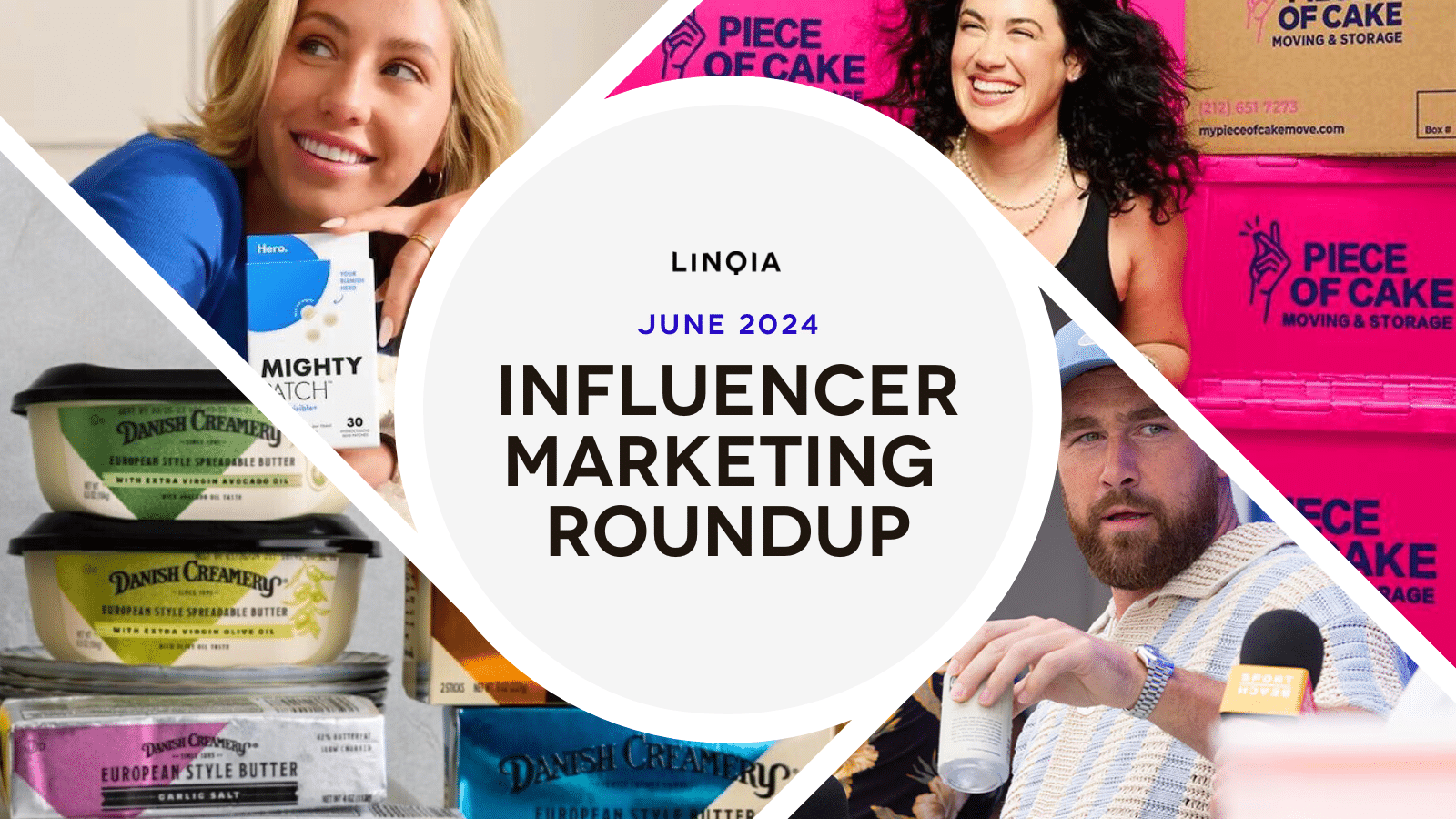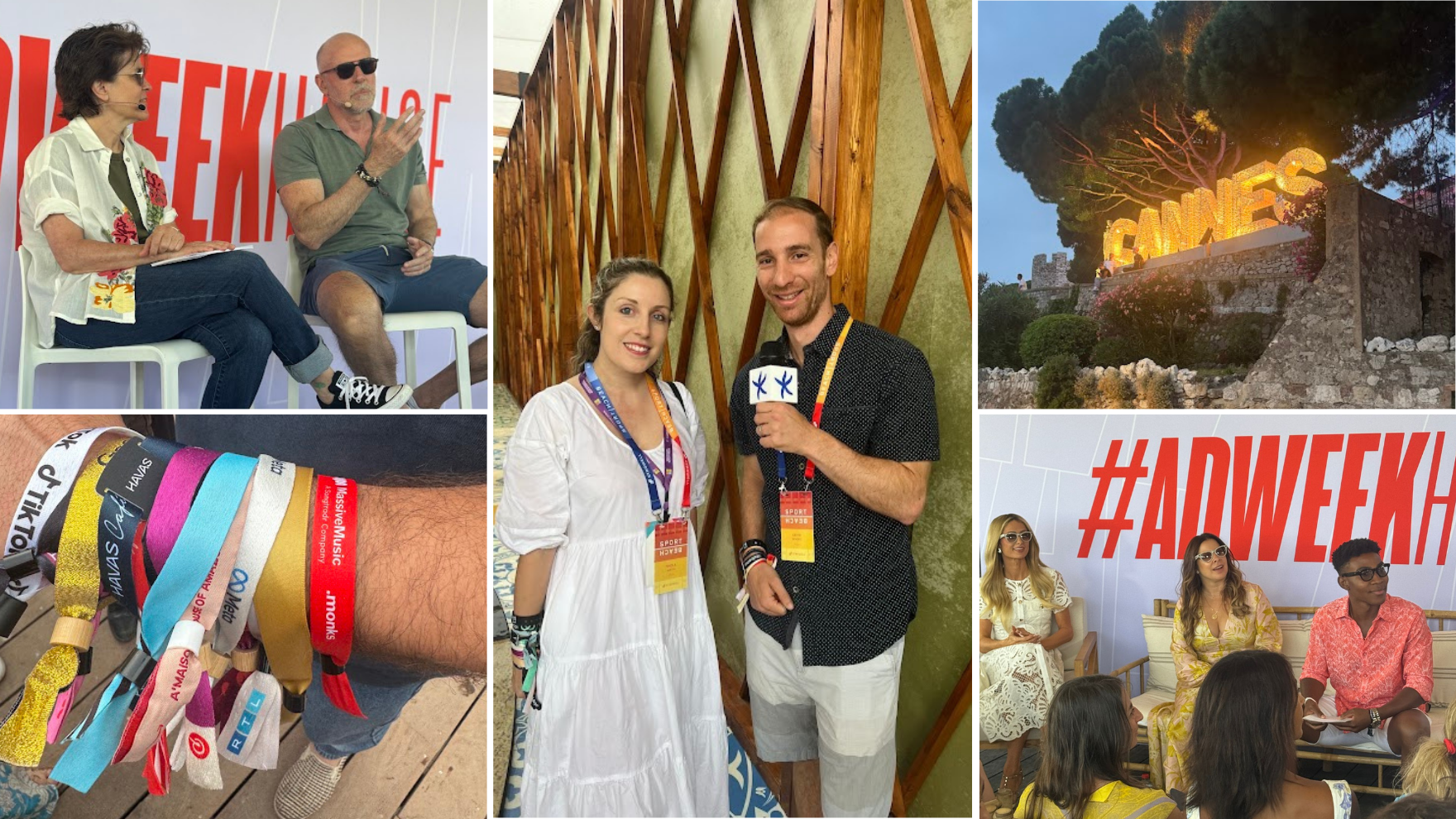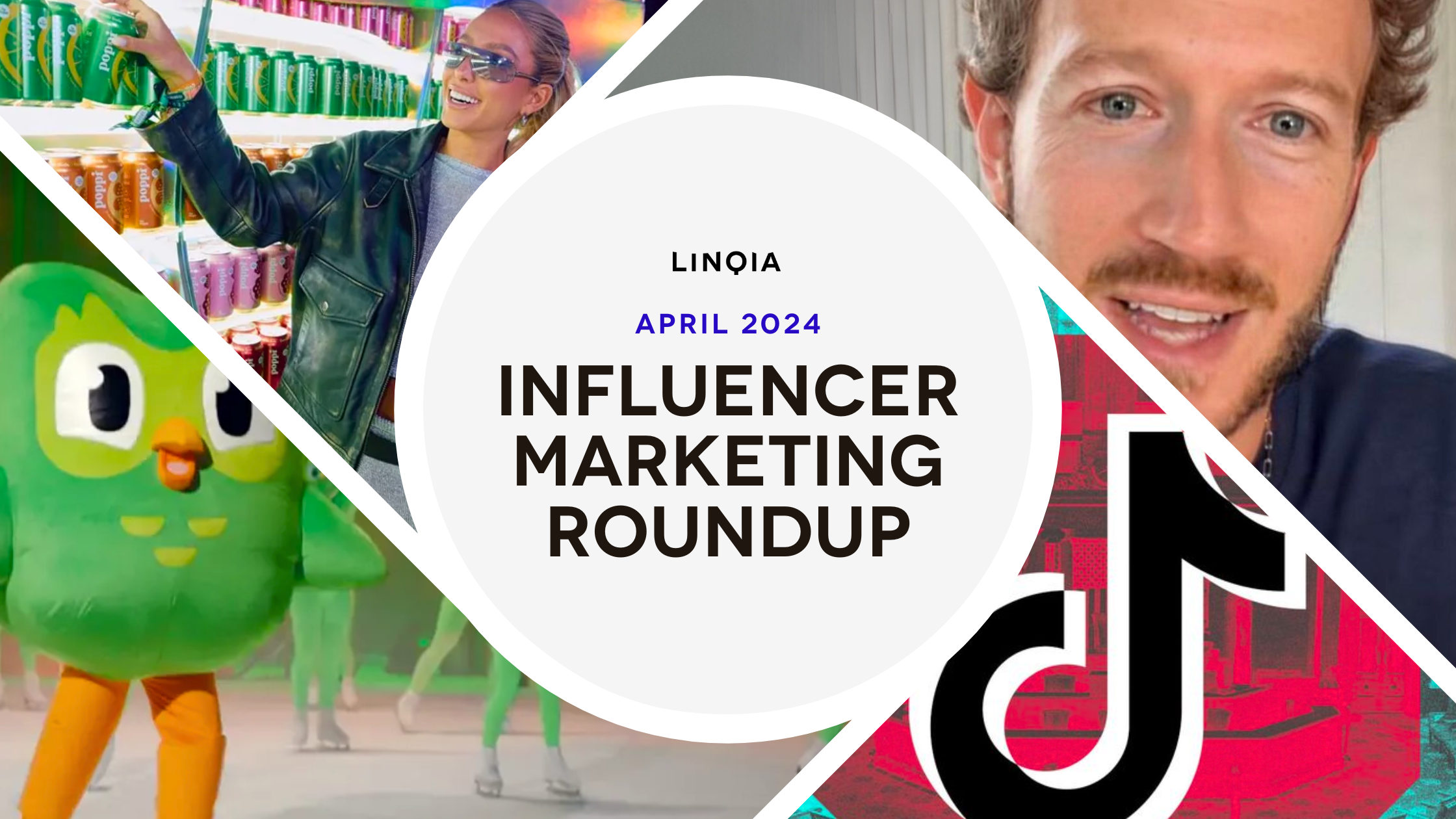Did you know that we watch more than 1 billion hours of video on YouTube each day? Or that consumers retain 95% of a message when it’s watched in a video compared to only 10% when it’s read in text? There’s no denying it – we live in a video-loving society. In fact, by 2019, Internet video traffic will account for a whopping 80% of all global consumer Internet traffic, up from 69% in 2017.
Video is not a new marketing strategy. 87% of marketers today use video content, but as they attempt to find new ways to capture their audience’s attention, they are incorporating video into a variety of marketing functions in non-traditional ways.
Influencer Marketing and Video Go Hand-in-Hand
Brands are increasingly turning to influencers to crowdsource content in an effort to cut agency costs and boost creativity. This is particularly effective with video, as marketers typically spend 2.7X less to produce a video when working with an influencer than they would to have it produced professionally.
Influencer marketing and video naturally work well together because recipes and how-to tutorials are popular across all verticals, especially for CPG, beauty, or DIY brands and products. In fact, influencer videos are often a combination of the top three most effective types of video content: customer testimonials (51%), tutorial videos (50%), and demonstration videos (49%). With 85% of consumers more likely to make a purchase and another 79% admitting to spending more money on a product after watching a video, it’s no wonder more brands want videos to play a bigger role in their influencer marketing programs.
How to Incorporate Video into Your Influencer Marketing Strategy
Videos shared on social networks generate 1,200% more shares than text updates and images combined. As a result, omnichannel influencer marketing programs provide the strongest ROI because video can be discovered across a variety of social channels. When planning your video influencer marketing strategy, consider integrating video across the following channels:
- YouTube: One influencer marketing campaign can publish hundreds of user-generated videos about your brand on YouTube, the world’s second largest search engine and third most visited site (after Google and Facebook). If optimized correctly, YouTube videos can boost a brand’s SEO, as its video links often appear on the first page of Google search results.
- Blogs: 71% of marketers cite blogs as the most important social network for influencer marketing in 2018, up from 48% last year. Blog posts that contain video content attract 3X more inbound links, and most influencers link their social posts to their blogs where they feature the full-length versions of their videos.
- Facebook and Instagram Videos: Videos on Facebook have 135% greater organic reach than photos and branded content video views have increased 258% since 2016. When creating videos for Facebook, consider asking for influencers to use text overlays in addition to voiceover, given that 85% of Facebook videos are watched without sound. Consumers are also spending 80% more time watching Instagram videos year over year. Keep in mind that Instagram videos can be up to 60 seconds long, but engagement drops off quickly as the length increases, so its best to shoot for a length of between 15 and 30 seconds.
- Facebook Live and Instagram Stories:People spend 3X more time watching live social videos versus pre-recorded ones. Both Facebook and Instagram now offer live feeds and 24-hour stories as a mechanism for competing with Snapchat. Facebook Live can increase content viewership in few different ways. The platform prioritizes Live in its algorithm and offers followers the ability to opt-in to receive notifications for live videos while also giving them the opportunity to invite their friends to tune into an influencer’s broadcast. Facebook Live videos also do not disappear once the recording stops and will continue to show up in user’s news feeds. Instagram also recently added Highlights, a new tool that allows influencers to save their stories to their profile. Influencers with over 10,000 followers can use a “swipe up” feature to drive traffic to website or special offer, turning video into a direct response tool.
Using Influencer Videos to Improve the Performance of Other Channels
The benefits of influencer-generated videos do not end when the the program ends. As marketers look to become even more efficient with their media spend, many are opting for programs that include the ability to repurpose content as part of the influencer media buy.This is particularly effective because brands can market test a large quantity of influencer video as part of the original media buy, determine which videos perform best on which channels, and then put paid media behind proven assets to scale the success of the program. According to Linqia’s The Value of Influencer Content 2017 study, between 38%–40% of marketers are now choosing this route.




